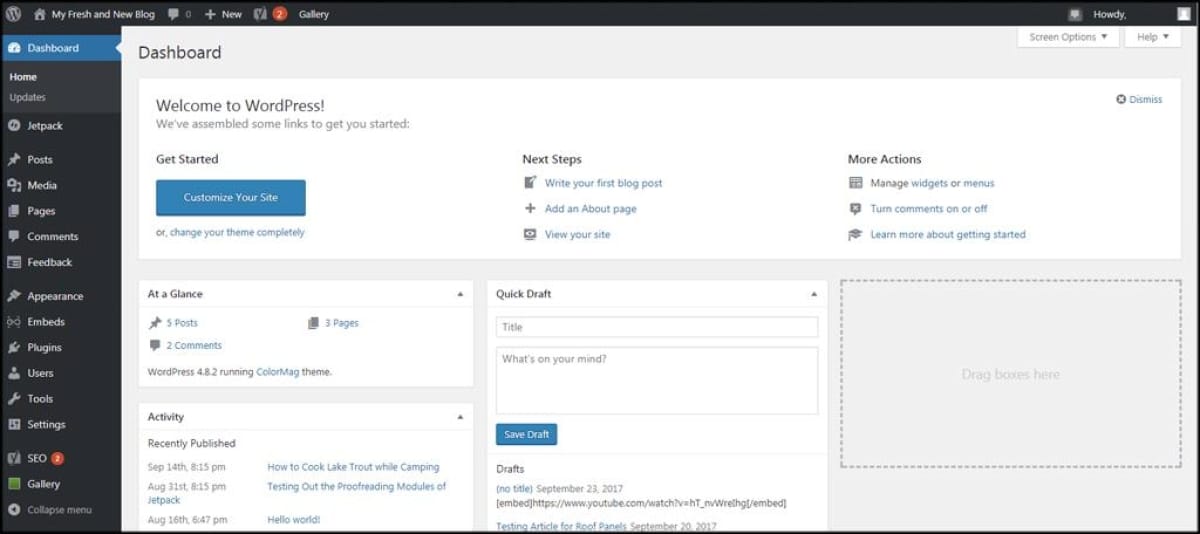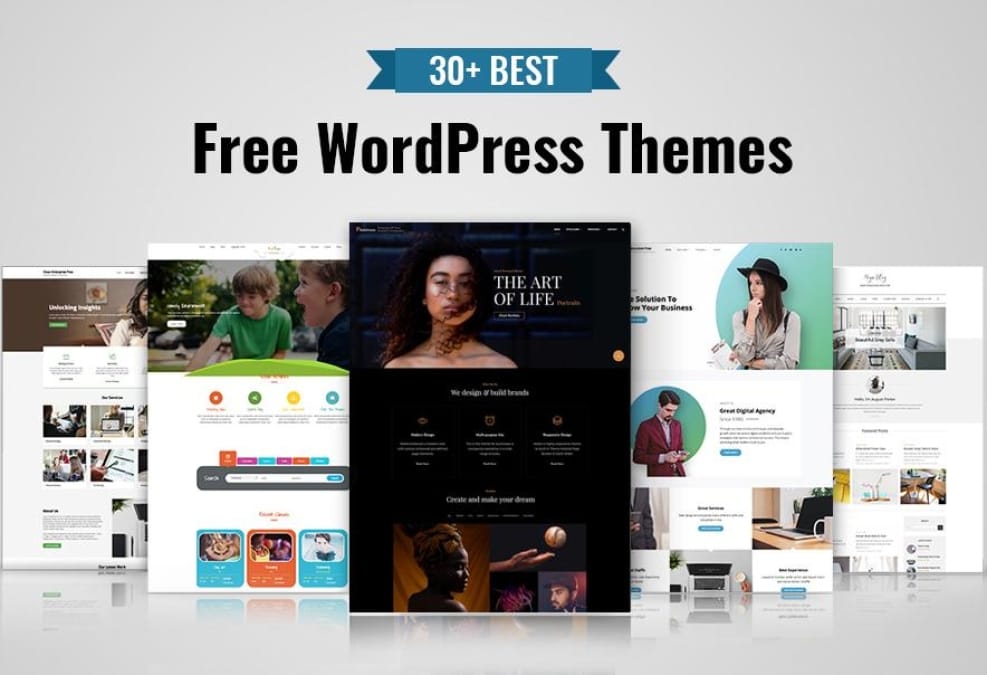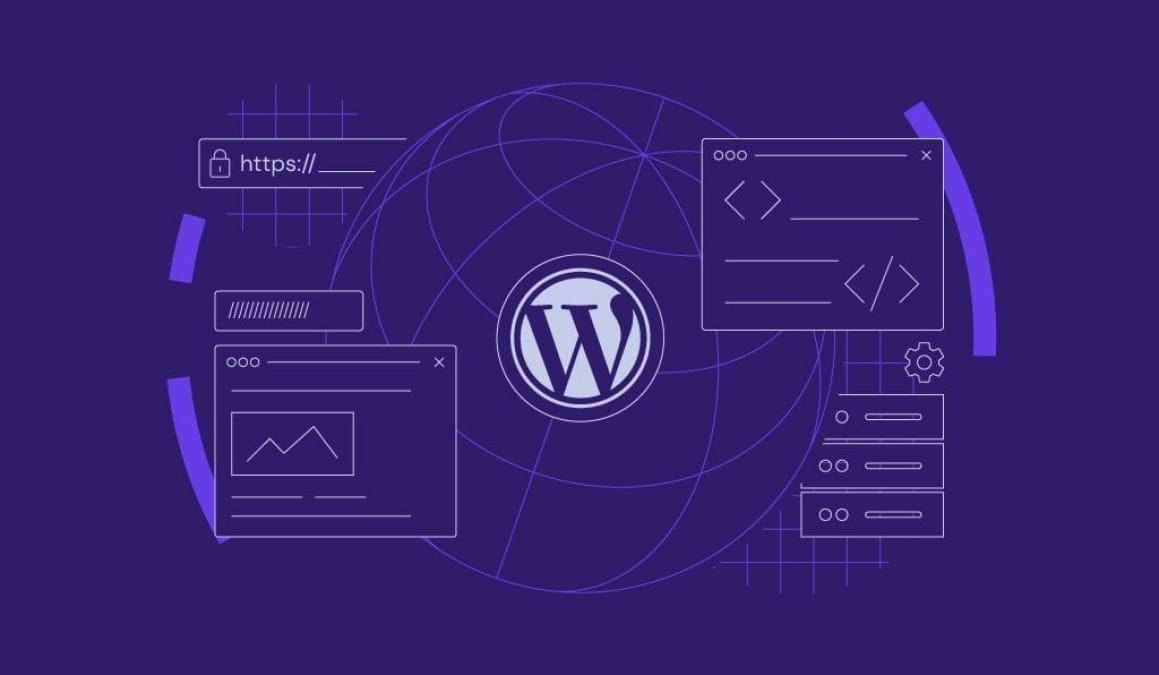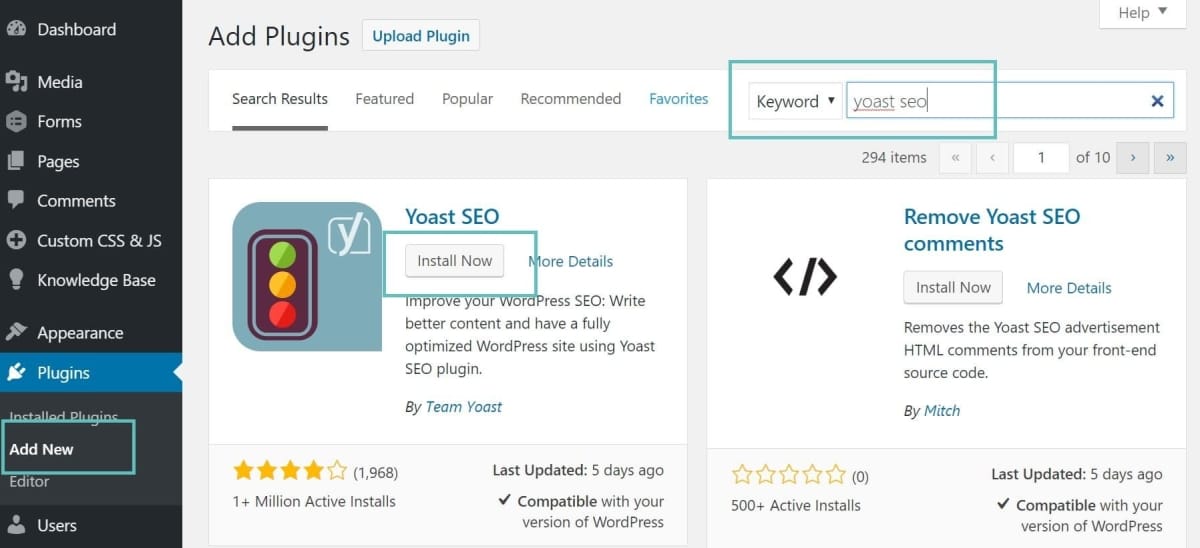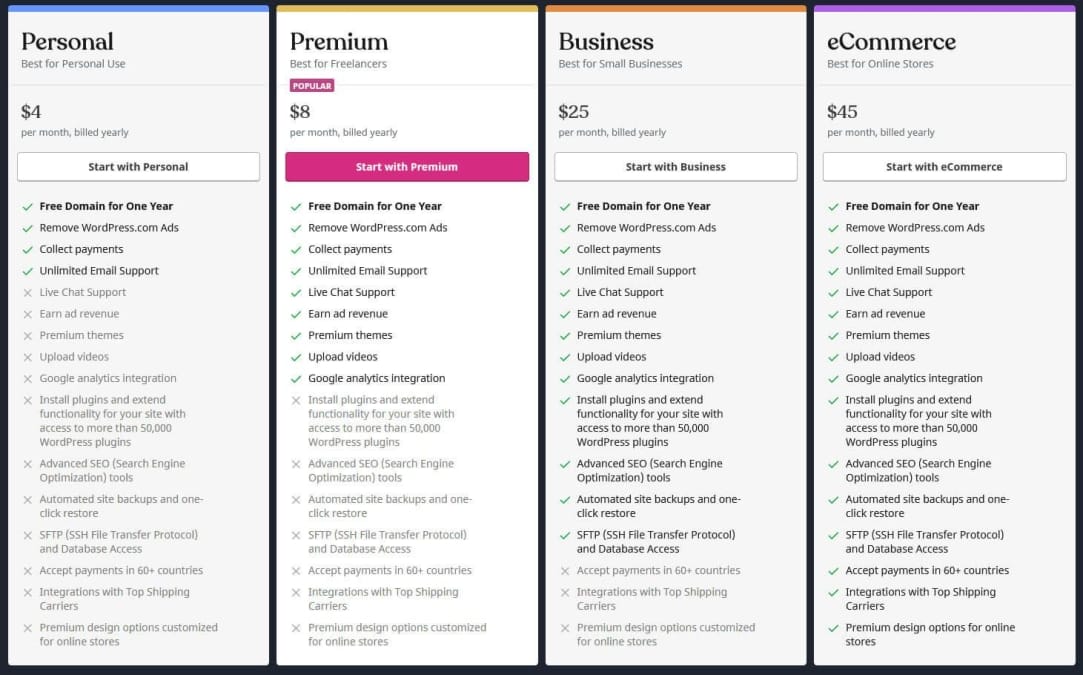In today’s digital age, the ability to create an online presence has become essential for individuals and businesses alike. Whether you’re a budding entrepreneur eager to launch your first venture, a creative artist wanting to showcase your portfolio, or simply someone looking to share your thoughts with the world, building a website can be both an exciting and daunting journey. But fear not—this guide is here to illuminate your path. In “Online Website Making: Step-by-Step for Beginners,” we will demystify the process of crafting a website from scratch, offering you a clear, structured approach that anyone can follow. From selecting a domain name to designing your layout and publishing your first post, each step will be broken down into manageable tasks. Embrace the world of online creation, and let’s embark on this adventure together, transforming your ideas into a vibrant virtual reality.
Table of Contents
- Choosing the Right Platform for Your Website Journey
- Crafting Your Perfect Domain Name
- Design Essentials: Balancing Aesthetics and Functionality
- Content Creation That Captivates Your Audience
- Launching and Promoting Your Website Successfully
- Q&A
- Future Outlook
Choosing the Right Platform for Your Website Journey

When embarking on your website creation journey, selecting the right platform is crucial to ensure a seamless experience. Various options cater to different needs, whether you are an absolute beginner, a small business owner, or someone looking to create a portfolio. Consider what features are essential for your website, such as e-commerce capabilities, adaptability in design, or ease of content management. To help narrow down your choices, here are some key factors to evaluate:
- User-Friendliness: Ensure the platform offers an intuitive interface, especially if you’re new to web design.
- Customization: Look for platforms that allow you to personalize your site with themes and plugins.
- Support and Resources: A rich library of tutorials or a responsive customer support system can be invaluable.
To illustrate the various platforms available, here’s a helpful comparison table that outlines popular options based on specific needs:
| Platform | Best For | Ease of Use | Cost |
|---|---|---|---|
| WordPress | Customization & Blogs | Moderate | Free (with paid plugins) |
| Wix | Drag & Drop Design | Easy | Monthly Plans |
| Shopify | E-commerce | Easy | Monthly Plans |
Ultimately, the right platform aligns with your specific goals and technical skills. Spend some time experimenting with free trials or demos to get a feel for each platform’s functionality. By doing so, you will be better equipped to make an informed decision that lays a strong foundation for your website.
Crafting Your Perfect Domain Name

Choosing the right domain name is a crucial step in establishing your online presence. A well-crafted domain name serves as your digital identity and has the power to influence how visitors perceive your brand. When brainstorming ideas, consider the following elements:
- Relevance: Ensure your domain reflects your website’s content or purpose.
- Memorability: Opt for a name that’s easy to remember and spell.
- Length: Shorter names are more user-amiable; aim for under 15 characters if possible.
- Keywords: If appropriate,incorporate relevant keywords for SEO benefits.
- Uniqueness: Stand out from competitors to avoid confusion.
Once you have a list of potential names, it’s essential to check their availability. Use domain registration sites to verify that your chosen name isn’t already in use. Here’s a simple table highlighting some suggested domain extensions:
| Extension | Best For |
|---|---|
| .com | General purpose; ideal for businesses |
| .org | Non-profits and organizations |
| .net | Networking services or technology |
| .info | Informational websites |
| .biz | Business-focused domains |
once you’ve selected a domain name, consider how it aligns with your brand’s future. A strong domain can lead to increased traffic and customer trust. Before making your final decision, share your top choices with friends or colleagues to gain feedback. After all, a domain name isn’t just a web address; it’s the gateway to your online success.
Design Essentials: Balancing Aesthetics and Functionality

When creating a website, it’s crucial to find a harmonious blend between beauty and utility.The visual elements form the first impression, captivating visitors and drawing them into your site.However, no matter how stunning the design is, it loses its impact if it doesn’t serve its purpose efficiently. Prioritize user experience by ensuring that your aesthetic choices enhance navigability rather than obfuscate it. Key elements to consider include:
- Color schemes: Choose colors that reflect your brand while maintaining readability.
- Typography: Select fonts that are not only attractive but also easy on the eyes.
- Visual hierarchy: Ensure that important information stands out through size, color, or placement.
Functionality should never take a backseat to appearance.A cluttered website with excessive design elements can overwhelm visitors and divert their attention from the content that truly matters. Aim for a design that allows users to intuitively navigate your site without confusion. Encourage engagement by incorporating key functional features, such as:
- Clear call-to-action buttons: Make it easy for users to understand what steps to take next.
- Responsive design: Ensure your site looks good on all devices,fostering a seamless experience.
- Fast loading times: Optimize images and scripts to keep users from becoming frustrated and leaving.
Lastly, remember that the balance between aesthetics and functionality is not a one-time endeavor but an evolving process. Periodically review your website’s performance and user feedback to make informed adjustments. Embrace the practice of A/B testing to see how different design elements affect user interaction. Here’s a simple table to guide you on potential adjustments that could help refine your site:
| Design Element | Possible Adjustment |
|---|---|
| Colors | Test different palettes for better engagement |
| Fonts | Switch to a more legible typeface |
| Button Sizes | Enlarge for better accessibility |
Content Creation That Captivates Your Audience

To engage your audience effectively, it’s essential to create content that resonates with their interests and needs. Consider leveraging visual storytelling through images, infographics, and videos that not only enhance the textual content but also provide a deeper understanding of the subject matter. When aiming to capture attention, remember that an appealing visual can often convey complex ideas simpler than words alone. Explore platforms like Canva or Adobe Spark to easily create stunning visuals that align with your website’s theme.
Incorporating interactive elements can also enthrall visitors, making them more likely to participate rather than passively consume. Options like quizzes, surveys, or polls encourage user involvement and allow you to gather valuable insights about your audience. By tailoring your content to be a two-way conversation, you foster a sense of community among your readers. Here are a few interactive ideas:
- Short quizzes to test knowledge or preferences related to your website’s niche
- Comment sections for visitors to share their thoughts and experiences
- Slide shows that present content in a dynamic format
Moreover, consider the importance of consistency in your content creation strategy. Regular updates and a cohesive style contribute significantly to audience retention. Establish a content calendar to plan your posts, ensuring a steady flow of fresh material. By maintaining brand cohesion, you reinforce your identity and build trust with your audience. Here’s a simple example of how to structure your content calendar:
| Week | Content Type | Topic |
|---|---|---|
| 1 | Blog Post | Getting Started with WordPress |
| 2 | Video Tutorial | Design Tips for Beginners |
| 3 | Infographic | Must-Have Plugins |
Launching and Promoting Your Website Successfully

Successfully launching and promoting your website is a crucial step in ensuring its visibility and attracting visitors. To kick off your launch, consider building anticipation through a pre-launch campaign. Engage your target audience on social media platforms by sharing sneak peeks, countdowns, and teasers.Use eye-catching graphics and compelling copy to make your announcements resonate. Creating a landing page that collects email subscriptions can also help you build a list of interested visitors who can be notified on launch day.
Once your website is live, leverage the power of SEO to enhance its discoverability. Ensure all content is optimized with relevant keywords, meta descriptions, and alt text for images. This optimization will help search engines understand the purpose of your site and improve its ranking. Additionally, consider writing blog posts or articles that relate to your website’s niche, showcasing your expertise and attracting organic traffic. Don’t forget to register your site with Google Search Console for performance tracking.
Promotion should be ongoing and multifaceted. Utilize social media platforms, guest blogging, and email marketing to reach a wider audience. Collaborate with influencers in your niche to expand your reach and credibility. You can also create a monthly promotional calendar that outlines various strategies for content sharing, partnership outreach, and social media engagement. Here’s a simple table to help visualize your promotional efforts:
| Promotion Method | Frequency | Platform |
|---|---|---|
| Social Media Posts | 3 times/week | Facebook, Instagram, Twitter |
| Guest Blogging | Once/month | Various Blogs |
| Email Newsletter | Bi-weekly |
Q&A
Q&A: Online Website Making: Step-by-Step for Beginners
Q: What is the first step to creating a website as a beginner?
A: The journey begins with defining your website’s purpose. Ask yourself why you want to create a site—whether it’s for a personal blog, a portfolio, an online store, or an informational page. Understanding your goal will shape the design and content of your website.
Q: Do I need technical skills to make a website?
A: Thankfully, no! Many website builders, like WordPress, Wix, and Squarespace, offer user-friendly interfaces with drag-and-drop features. These platforms are designed for beginners, making it easy to create a professional-looking site without coding knowledge.
Q: How do I choose a web hosting service?
A: Choosing a web host requires a bit of research. Look for providers that match your needs in terms of storage, bandwidth, and customer support. Consider the differences between shared, VPS, and dedicated hosting, and don’t forget to read reviews on reliability and uptime.
Q: What if I can’t decide on a website builder?
A: Experimentation is key! Most platforms offer free trials, allowing you to test their features, layouts, and customization options. Spend some time playing with different builders to see which one feels right for you.
Q: How important is website design and layout?
A: Extremely important! The design of your website influences the user experience and can affect how visitors perceive your brand. Aim for a clean, intuitive layout that reflects your style while remaining easy to navigate.
Q: What should I include in my website content?
A: Start with essential pages like ‘Home’, ‘About’, ‘Services’ (or ‘Portfolio’), and ‘Contact’. Your content should be engaging, informative, and aligned with your overall mission. Don’t forget to include high-quality images and relevant keywords to optimize for search engines.
Q: How do I ensure my website is mobile-friendly?
A: Most modern website builders offer responsive templates that automatically adjust to different screen sizes. It’s crucial to test your site on various devices, ensuring that it’s accessible and easy to use on both phones and tablets.
Q: Is SEO really that critically important for a beginner?
A: Yes! Search Engine Optimization (SEO) helps improve your website’s visibility on search engines. Start with basics like using relevant keywords, creating quality content, and optimizing your webpage titles and meta descriptions.Q: How can I promote my new website?
A: Begin by sharing your site on social media platforms, reaching out to friends and family, and engaging with relevant online communities. Consider starting a blog, using email marketing, and exploring online advertising to draw more visitors.Q: What are some common mistakes to avoid when creating a website?
A: Common pitfalls include neglecting mobile optimization, overwhelming visitors with too much content or cluttered designs, ignoring SEO basics, and failing to update your site regularly. Focus on simplicity and user experience to keep your audience engaged.
Q: What should I do after launching my website?
A: Congratulations! Now, monitor your website’s performance using analytics tools like Google Analytics. Gather feedback from users, keep content fresh, and stay engaged with your audience to continually enhance your website’s impact.
By following these steps and tips, beginners can embark on a successful adventure into the world of online website making. Happy creating!
Future Outlook
As we reach the end of our journey through the basics of online website making, it’s clear that the digital world is more accessible than ever. Whether you’re an aspiring entrepreneur, a passionate blogger, or simply someone eager to share your ideas, creating a website is now within your grasp. From choosing the right platform to customizing your design,the steps we’ve covered provide a solid foundation for anyone looking to establish their online presence.Remember, every expert was once a beginner. Embrace the learning process, and don’t hesitate to experiment and iterate as you craft your website. As you take these steps into the online realm, keep in mind the importance of patience, creativity, and a willingness to adapt.
Now that you’re equipped with the knowledge and tools to get started, the only limit is your imagination. So, dive in, let your ideas flourish, and watch your vision come to life on the vast canvas of the internet. Happy building!

